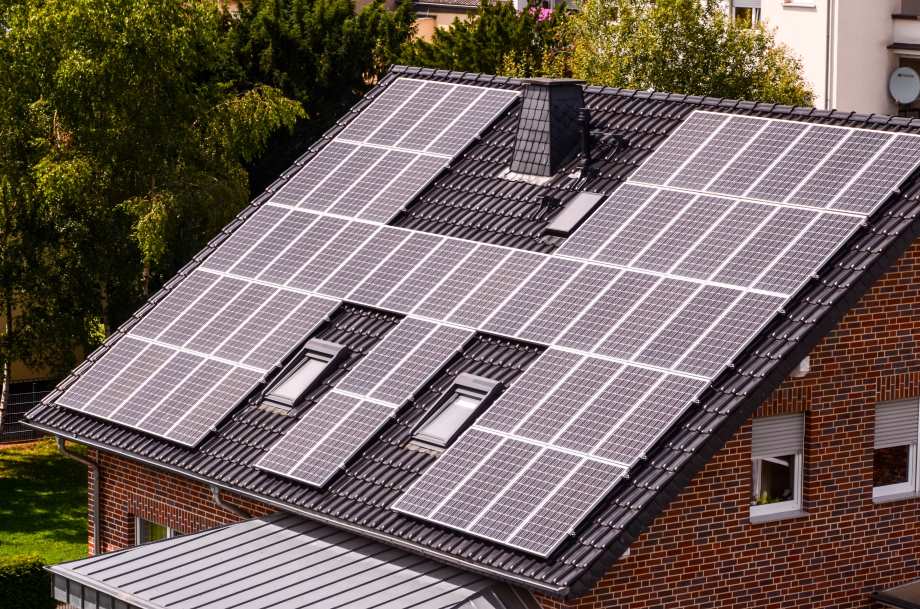Essex’s Top Towns for Energy-Efficient Properties
The growing demand for energy-efficient properties is more than just a trend; it’s a necessity. Yet, shockingly, more than 56% of homes in England have below-average energy efficiency, with a score of D on their EPC assessments. Besides being a significant and valuable contribution to the environment, energy-efficient measures help you save money and boost […]
Essex’s Top Towns for Energy-Efficient Properties Read More »











